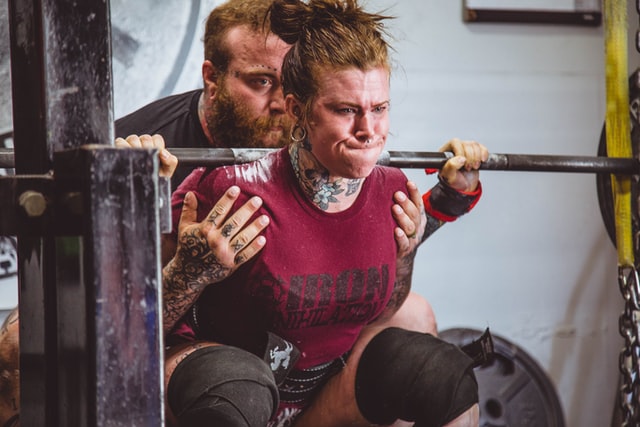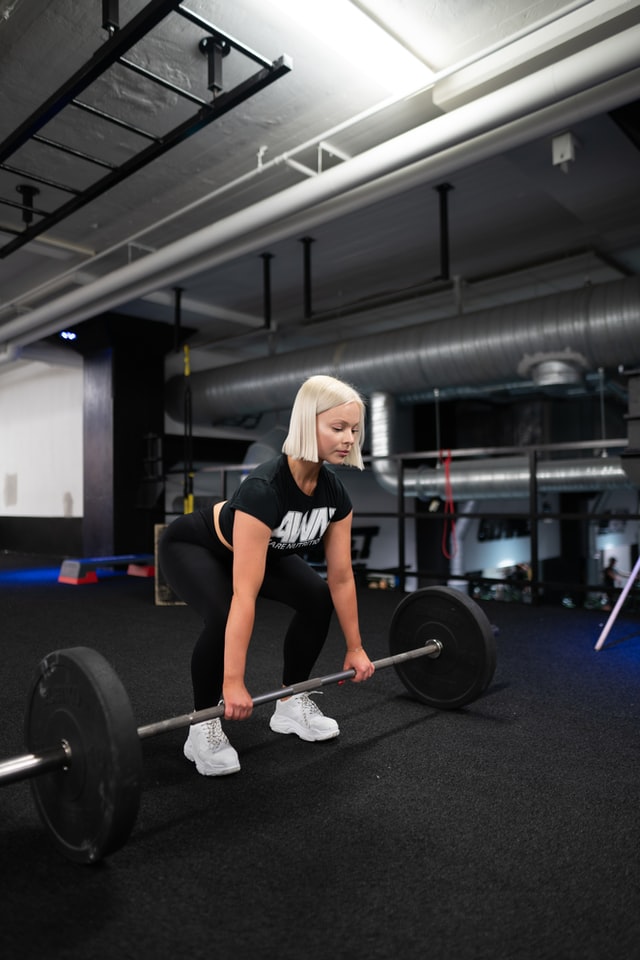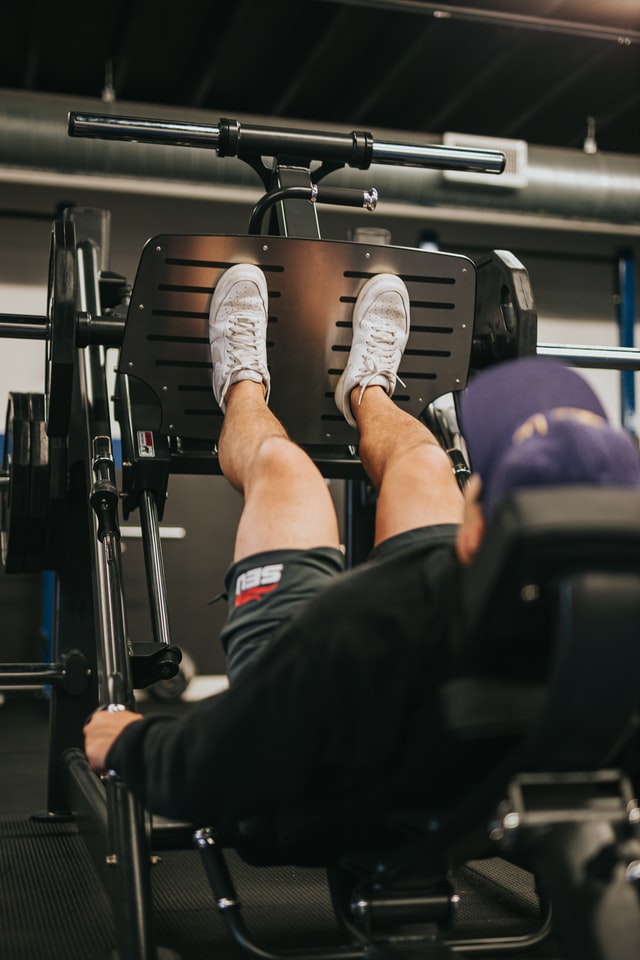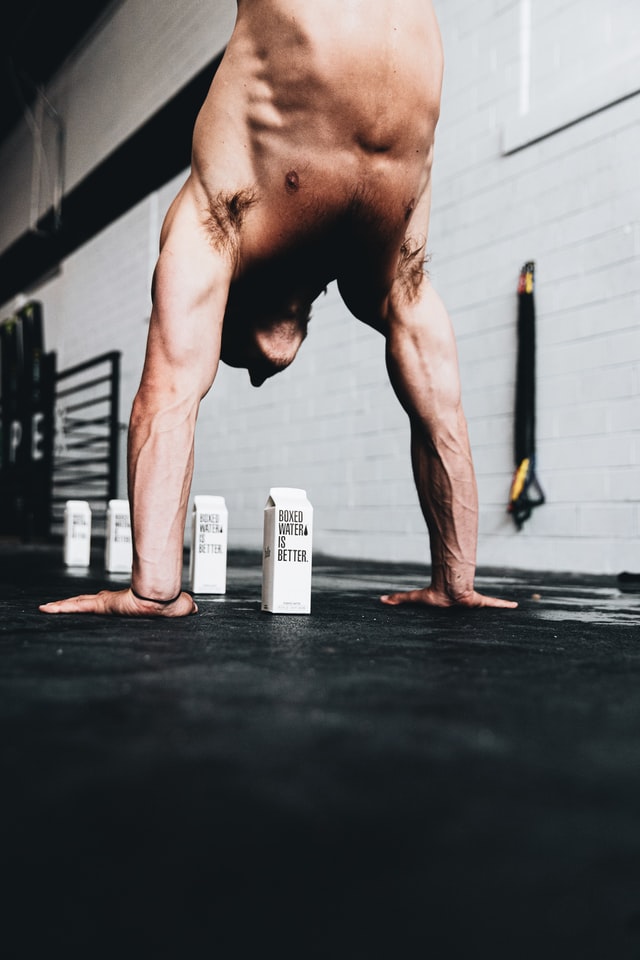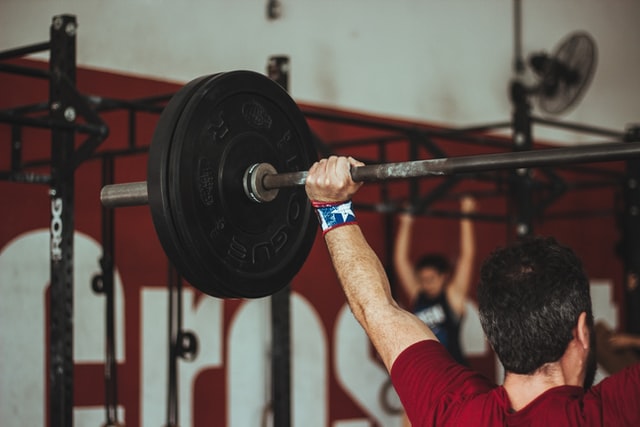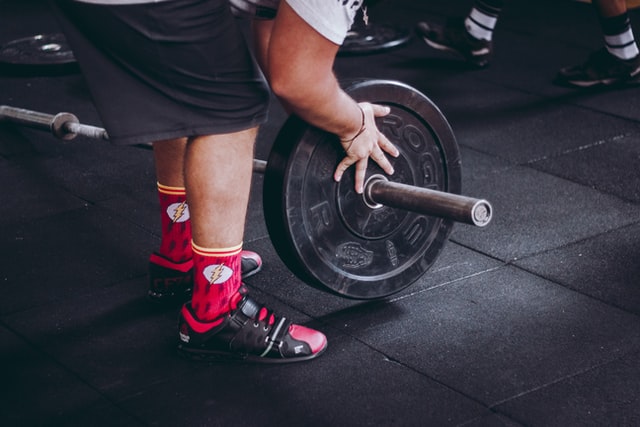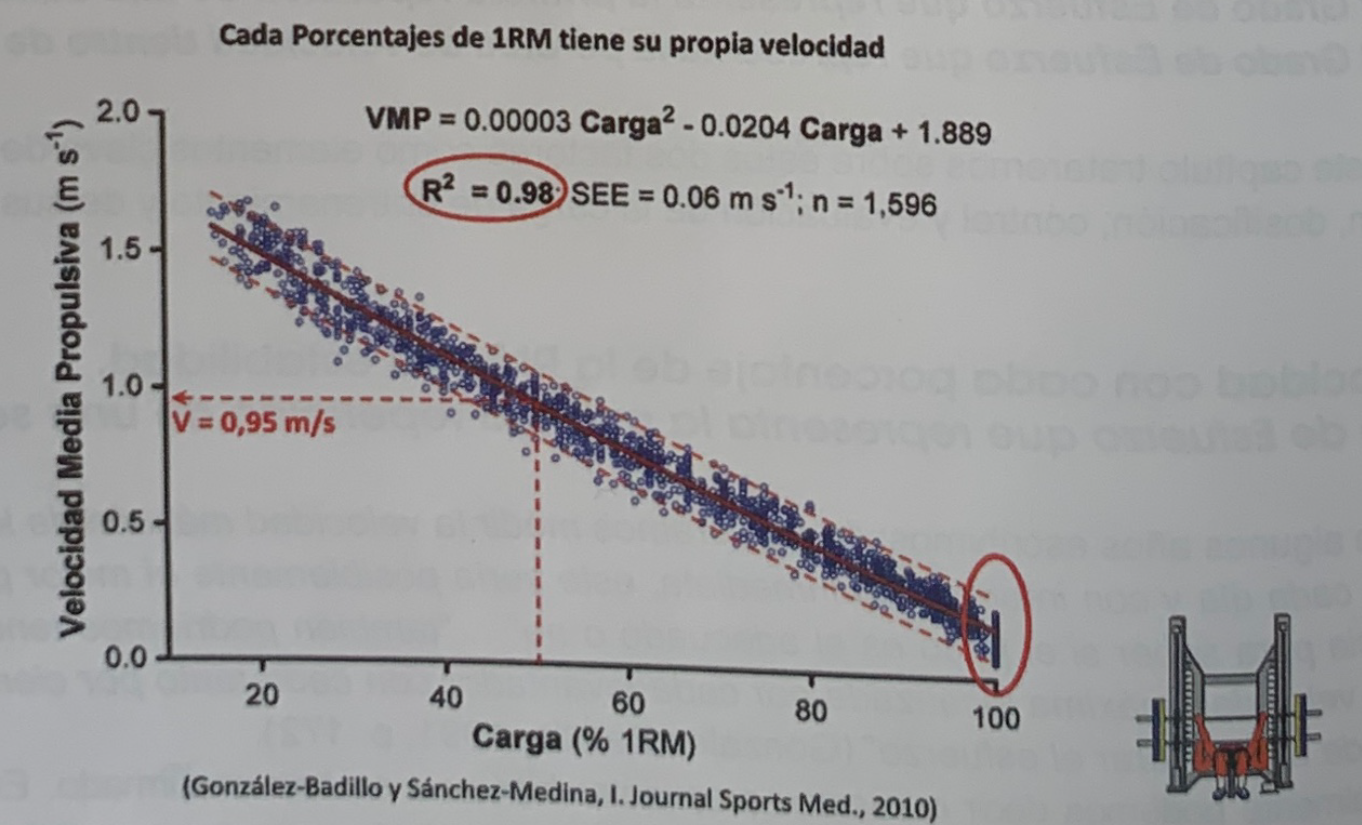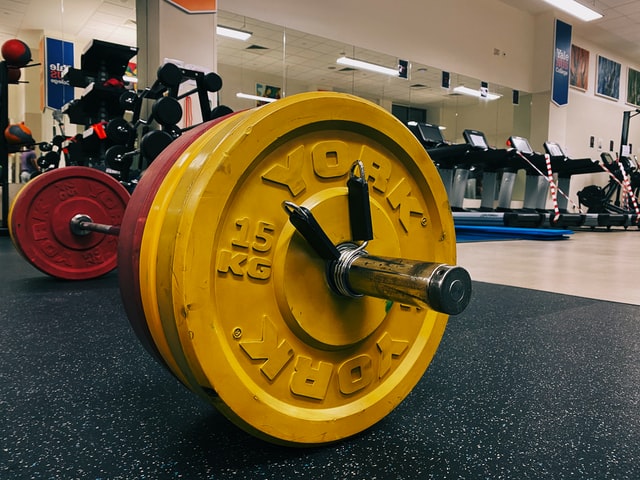Intensity and volume in training loads
The organization of intensity and volume in training loads is a basic aspect in training programming. In this entry the considerations of combining volume and intensity are evaluated and the key questions regarding the programming of the loads are answered.
In this series of articles we deal with some of the most important concepts of strength training, collecting notes from the recently published book Strength, Speed and Physical and Sports Performance written by renowned researchers Juan José González Badillo and Juan Ribas Serna.
summary
- By increasing or keeping the intensity and/or volume stable, the effect on training is positive. In all other cases the effect is not defined or is negative.
- Stimulus levels should be applied when it best suits the subject’s capacity and produces a positive effect.
- The application of excessive loads almost always has negative consequences such as the risk of injury and the difficulty of executing a correct technique.
Changes in the training load are produced by modifying some of its factors: volume, intensity and type of exercise. Regarding the exercises, the difficulty and load increase, regardless of other factors, as a greater number of joints and muscle groups are involved, which is generally accompanied by greater technical difficulty and greater mechanical work due to unit of action (repetition).
But if we keep an exercise or group of exercises stable, the changes in volume and intensity are what will determine if the changes in the load are positive, negative or null for performance. When we talk about intensity, unless otherwise stated, we always refer to relative intensity, not absolute (weight).
Changes in the training load are produced by modifying some of its factors: volume, intensity and type of exercise.
Taking into account all the possible combinations in the change of these factors within a training cycle: increase or decrease the volume y The intensity As well as the possibility that one or both of them remain stable, there can be nine situations, which we are going to analyze below, indicating their effect on performance depending on the way and when they are used.
1. The volume and intensity increase: the effect will tend to be positive.
Whenever this combination occurs within the training process, there is an initial improvement in performance, unless both variables (volume and intensity) are already at a very high degree of load in relation to the subject’s possibilities. If this last circumstance occurs, the effect will be null in the best of cases, and almost always negative. If this circumstance does not occur, and therefore the effect is positive, it must be considered that this load trend would only be valid for three or four weeks in a row, and must be modified later.
Only very slight increases in the load and with very low training frequencies allow this trend to be maintained for a longer number of weeks.
this trend of the loads would only be valid for three or four weeks in a row, and must be modified later
2. The volume increases and the intensity remains stable: the effect will tend to be positive
The effect will be positive if the trend does not continue. Only between two and six sessions would the positive effects be maintained without increasing the intensity. It is a form of progression suitable for the Beginnings of a training cycle.
3. The volume increases and the intensity decreases: the effect is not defined.
It would be useful when you want to increase muscle mass or you want to make a deep change in the training system to break a state of negative adaptation (stagnation). However, in any of these cases, it would always be necessary to increase the intensity again after a few workouts, otherwise the aforementioned objectives would not even be obtained.
4. The volume remains stable and the intensity increases: the effect will tend to be positive.
It is an always positive trend change for strength performance. Its best application may be at the point in the cycle when a considerable volume of work has already been achieved. One or two weeks with this tendency can have a very good effect.
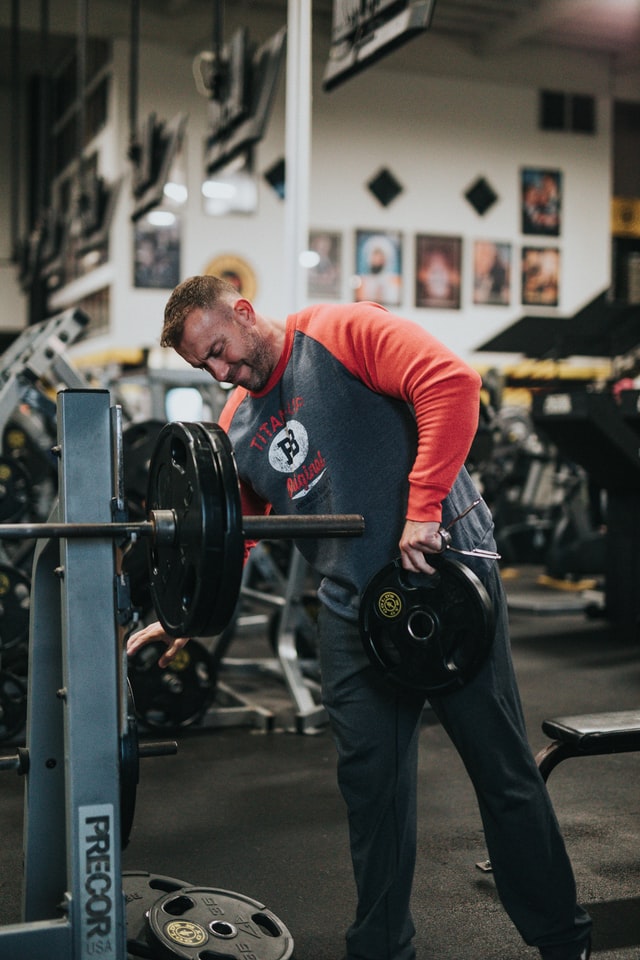
5. Volume and Intensity remain stable: the effect is not defined.
This situation should not continue for more than two or three sessions in a row. If this is done, the effect could be positive, otherwise it would be negative.
6. The volume remains stable and the intensity decreases: the effect will tend to be negative
We cannot expect anything positive from this trend that is worthwhile in strength performance: there is no increase in the stimulus in any of the variations, and neither could we expect an improvement in form due to the recovery effect, since the volume does not decreases. Seeking recovery by only reducing intensity is not appropriate for strength.
Seeking recovery by only reducing intensity is not appropriate for strength.
7. The volume decreases and the intensity increases: the effect will tend to be positive.
This trend may be valid for: a) maintain the performance achieved b) recover the body without loss of strength and c) occasionally, to improve performance after a high volume phase.
Its most effective application occurs in the 2nd phase of the training cycle.
8. The volume decreases and the intensity remains stable: the effect will tend to be positive
It is positive only as a recovery, well in a week of unloading before a competition.
9. Volume and intensity decrease: the effect is not defined.
It would never offer positive effect for strength improvement. It would make sense as a form of deep recovery in phases of active rest. Within the training cycle it can be used in a session as a way of unloading.
To all these possible combinations, we should add the combination that we could consider the most favorable and desired, which is the one in which the relative intensity remains practically stable while the absolute intensity increases, with volumes also practically stable or minimal oscillations, or In any case, a downward trend. This trend will continue as long as it remains positive, during all training cycles.
As a synthesis of the previous assumptions about adaptation to strength training, we can say that each level or degree of stimulus should be applied at the time it is most necessary, best suited to the athlete’s capacity, and produce a sufficient positive effect. Once a charge has been used successfully, it has little or no effect if we want to use it again.
Each level or degree of stimulus should be applied at the time it is most necessary, best suited to the athlete’s ability, and produce a sufficient positive effect.
Therefore, if we are capable of providing successive adjusted stimuli, each time more demanding, within the strength needs, and with real variability, it is more likely that the progression in the results will be maintained for longer and greater. By using a small stimulus, but one that is enough to provide great progress, we are not only applying adequate training, but we are preparing the athlete to be able to face other higher loads when necessary.
If heavy loads are used, even if they are not necessary, there is also great initial progress, but this almost always has negative consequences: risk of injury, rendering useless the application of lighter loads that would have been effective at the time, not creating the adequate conditions for the correct learning of the technique in some exercises that require it, reduce and range of stimuli applicable throughout sporting life, and therefore, the possibilities of variability.
As a conclusion, the following can be stated:
- In strength training it is easy to progress in the first cycles of work, but this should not lead to violently increasing the training demands with the intention of progressing more quickly. The efforts required by each stage of sporting life must be respected. A lower degree of effort does not mean that progress is necessarily less. An effort adjusted to the real needs of the athlete can mean a greater and better development of strength both in the short and long term.
- The degree of effort must be strictly adjusted to the circumstances of age and experience.
- Almost any training can be effective for a few weeks or months, but progression over many years, improvement in technique, and joint and muscle health are more likely to be achieved with rational training, according to the adaptation assumptions indicated.
- The magnitude of the load depends fundamentally on the volume, the intensity and the exercise that is used.
- The introduction of a higher load magnitude is allowed and justified when the preceding ones have been assimilated. That is, when these loads are below the current stimulation threshold of the neuromuscular system, and therefore the organism no longer presents a positive reaction to said loads. In this situation we can say that the charges used up to now have already produced their effect.
- The charges lose their effect firstly in absolute terms, due to the continued use of the same weight, and then in relative terms, due to the continued use of the same percentage. This means that as performance increases, smaller percentages may become less effective.
- Certain modifications of the volume and intensity of the training produce a positive effect, while others have no or negative effect.
- The positive effect of a cargo modification and its validity period also depend on the circumstances in which said modifications occur.
The application of large loads almost always has negative consequences: risk of injury, making useless the application of more effective light loads, difficulty in learning the correct technique, etc.
But before programming a training session, a series of questions must be answered, the answers of which will establish the reality on which action must be taken. Once this reality is known, it will be necessary to also take into account a series of basic methodological considerations derived from the theory of training and from experience in sports practice. These considerations can be addressed through a series of key questions about training scheduling.
When should you start strength training?
The moment of the start of strength training in an athlete who is going to the competition could be determined in the first place by the needs or strength demands of the sport or sports specialty. However, it is considered that starting to improve strength through training especially aimed at this objective from the very beginning would always be positive whatever strength needs may be in the future.
The important thing, and the “risk”, is not the moment to start the strength training, but the way to carry out said training. The correct training of strength from the earliest ages does not present any indication in the physical and technical development of the athlete and it is recommended as a way to avoid injuries and improve performance (Payne et al., 1997).

How much force do you have to develop?
In this case, when we ask ourselves this question, we are referring to the maximum degree of force development, assessed through the RM estimation, but not by its direct measurement. The degree of development of these strength values must be directly related to the needs of the sport or specialty. To know our objectives, the strength values achieved by the most outstanding athletes in the specialty can be taken as a reference point, but mainly the effect of strength improvement on performance improvement in competition or in specific tests can be considered.
But in addition to the maximum force expressed as , the useful force (another maximum force value) must also be considered, in other words, the maximum force value that the athlete is capable of applying when performing the specific gesture, as well as the ability to produce force in the unit that the improvement of the maximum force (in this case the estimation of the RM) presents a positive relationship with the improvement of the performance and with the useful force, the development of the force must continue to be maintained .
If there is an increase in strength but it is not accompanied by an improvement in performance, we should consider reducing resistance training and looking only to maintain it until the specific performance improves. There may come a time when inadequate strength training (even if RM improvement occurs) is related to the loss of one’s own specific performance. In this case, strength training would have to be reduced or changed—or both.
What exercises should be used?
Although in the first steps of training an athlete it is necessary to stimulate all muscle groups in a balanced way and ensure a solid strengthening of tendons and joint ligaments, specific performance is achieved by training those movements, muscle groups and responsible energy systems. of performance in competition.
For this reason, since the athlete begins the path of high performance (since he decides to practice a sport with the aspirations of becoming a high-level athlete in the future), the work program must especially include only non-specific exercises. most useful and specific strength-building exercises applicable to your specialty.
the work program should especially include only the most useful non-specific exercises and the most specific exercises for strength development applicable to your specialty
How often do you have to train?
As infrequently as it produces sufficient force development. In some moments the frequency should be only what is necessary to maintain the force. The training frequency must necessarily increase as sporting life progresses, although the margin of increase is very small if the same volume is not distributed in different sessions. The greater need for strength in a specialty also demands a greater frequency of training.
In some cases, the limiting factor of the training frequency is not the lesser need for strength in the specialty, but the frequency of competitions and the possible interference between training and the development of more or less antagonistic qualities. A higher frequency does not necessarily mean a higher load. The same proposed load (understood as a synthesis of volume and intensity) carried out in two sessions, on the same day or on separate days, implies less real load than if it is done in a single session. That is, we would talk about more frequency but less fatigue.
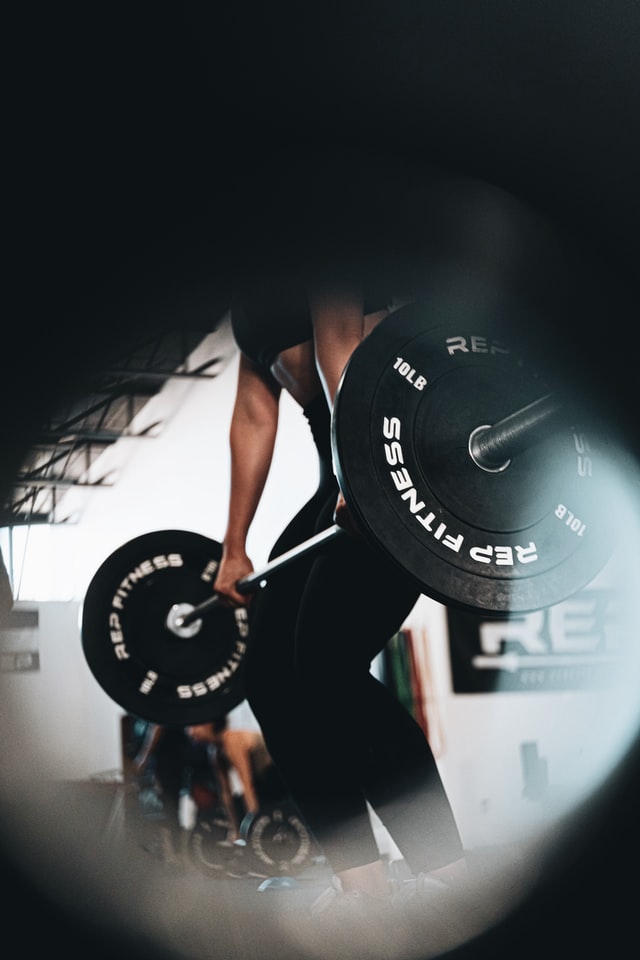
What relative intensity (%1RM or speed of the first repetition) should be used?
The most suitable maximum relative intensity of training is directly related to the strength needs in the specialty. That is, the greater the need for strength, the greater the maximum intensity that must be reached through sports life, as well as the frequency with which it is used. But it is convenient to add some other orientations that complete this aspect that is so decisive and dangerous in the training schedule. Among these aspects, we highlight the following factors to define the relative intensity:
The subject’s initial training level. The degree of training of the subject takes precedence over the strength needs of the sport. It is not possible to train with the typical intensities used in a specialty if the athlete, given his level of training, neither can nor needs to use high intensities to sufficiently improve his strength.
Speed and phase-angle-position of the competition gesture in which the force will be applied. The speed at which the force will be applied in competition is decisive in the choice of training intensity. It will be necessary to consider to what extent the improvement in maximum strength (1 RM) has an effect on the force applied at competition speed (useful force). The force applied at the competition speed will be the reference point to assess the effects of strength training. Many of the exercises and training intensities will need to be close to competition speed and the angle at which force is applied.
Time that can and should be devoted to strength training. The strength training load is subordinated to the frequency of competitions. When competitions are very frequent throughout the season it is necessary to allow recovery before and after each test, which means that the time dedicated to strength training cannot be high. The time that can be dedicated depends on this circumstance. Although, on the other hand, it would be necessary to consider the time that must be dedicated to strength training for the desired effects to be produced. It is necessary to take into account both conditions and adjust the training so that it is effective and not useless.
What is the specific musculature involved and the type of muscle activation? Both determining factors determine the range of exercises to be applied in strength training and the form of performance. The greatest training potential is found in the most specific exercises. The problem of training is not solved by performing many and very varied exercises, but by using those that have a more direct influence on performance.
Other questions such as what are the limiting factors from the point of view of strength performance, as can occur in endurance sports, or what is the need to maintain a certain degree of strength during the competitive phase, the number of competitions that have to be held and the distribution of them, what are the strengths and weaknesses of the athlete or what role the athlete plays in the case of team sports, must also be taken into account before making decisions about the work to be done.

